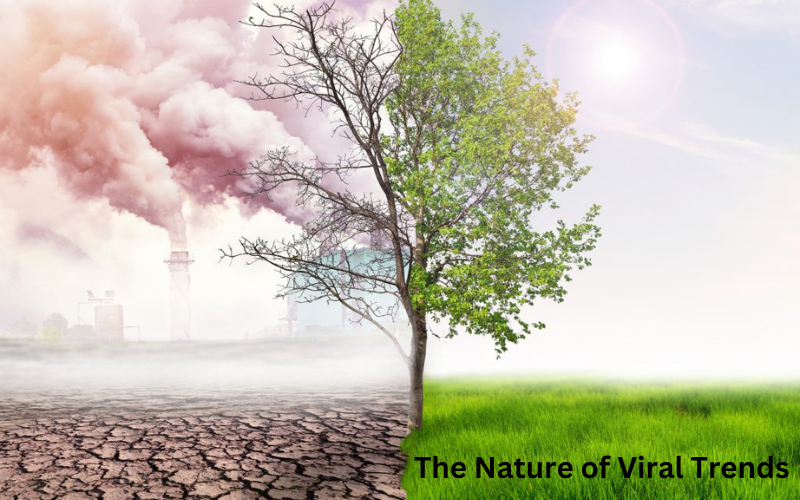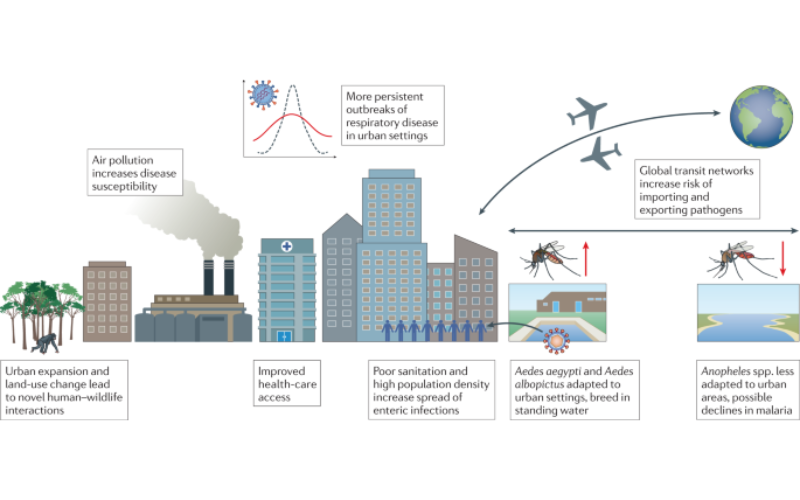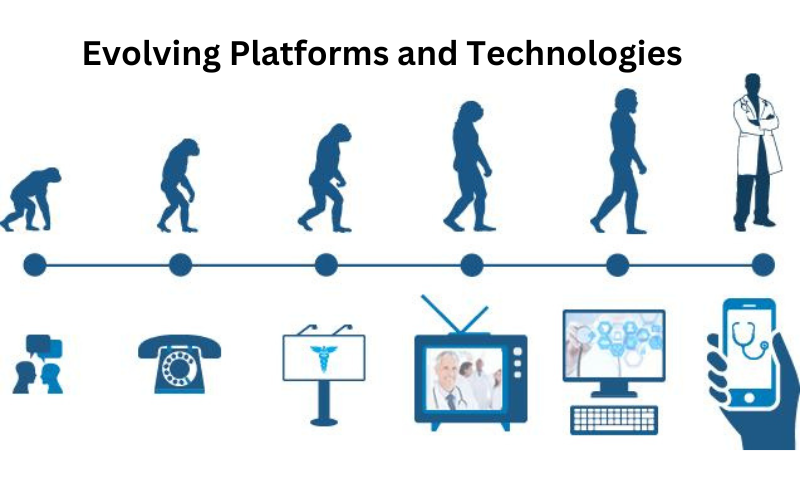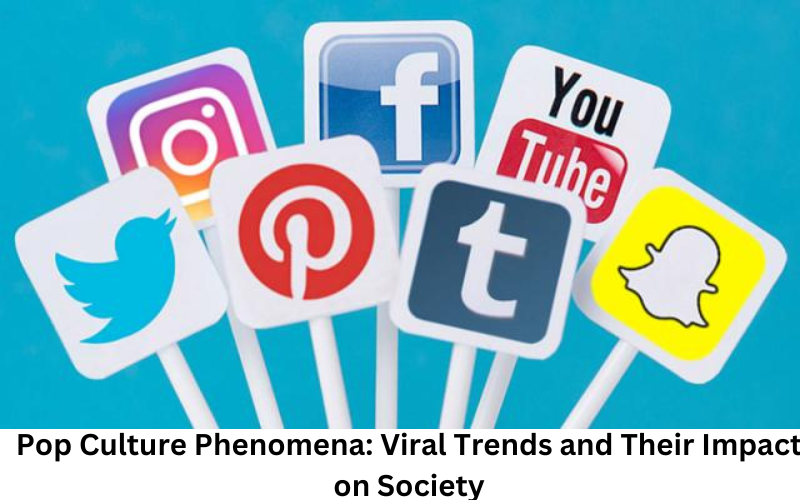Pop culture phenomena have always been a mirror reflecting society’s interests, values, and trends. In the digital age, these phenomena can go viral, spreading rapidly and influencing millions around the globe. Viral trends, whether they originate from social media, music, fashion, or other entertainment forms, have a significant impact on society. This article explores the nature of viral trends, their origins, and their profound effects on culture, behavior, and the economy.
The Nature of Viral Trends

Definition and Characteristics
A viral trend is a concept, behavior, or piece of content that spreads quickly from person to person, often through social media and other online platforms. These trends can encompass a wide range of formats, including videos, memes, challenges, and hashtags. The key characteristics of viral trends include:
- Rapid Spread: Viral trends gain momentum quickly, often within hours or days.
- Wide Reach: They have the potential to reach millions of people across the globe.
- High Engagement: Viral trends typically generate significant engagement, including likes, shares, comments, and participation.
- Memorability: Successful viral trends are often catchy, humorous, or emotionally resonant, making them easy to remember and replicate.
Origins of Viral Trends
Viral trends can originate from various sources, including:
- Social Media Platforms: Platforms like TikTok, Twitter, Instagram, and Facebook are fertile ground for viral content. Users share and interact with content, causing it to spread rapidly.
- Celebrities and Influencers: High-profile individuals with large followings can create or amplify trends. Their endorsements or participation can propel a trend to viral status.
- Brands and Marketing Campaigns: Companies often create viral marketing campaigns to promote products or services. Clever, entertaining, or provocative content can capture public attention and go viral.
- Grassroots Movements: Some trends start organically from everyday users. These grassroots phenomena can grow as more people participate and share.
Impact on Society
Cultural Influence
Viral trends can have a profound impact on culture, shaping societal norms, values, and behaviors.

Fashion and Beauty
Fashion and beauty trends often go viral, influencing how people dress and present themselves. For example, the “no-makeup” makeup look popularized by influencers on Instagram has led to a shift towards more natural beauty standards. Similarly, viral fashion trends like the resurgence of 90s styles or the popularity of streetwear can be seen reflected in mainstream fashion.
Music and Entertainment
Music and entertainment are heavily influenced by viral trends. Platforms like TikTok have become launching pads for songs, with viral dance challenges propelling tracks to the top of the charts. Artists like Lil Nas X with “Old Town Road” and Olivia Rodrigo with “Driver’s License” owe part of their success to viral trends on social media. Additionally, streaming services and algorithms amplify these trends, ensuring they reach a wider audience.
Language and Communication
Viral trends can introduce new phrases, slang, and memes into everyday language. Terms like “lit,” “flex,” “yeet,” and “FOMO” have entered the lexicon through their widespread use online. These linguistic trends can foster a sense of community among users and influence how people communicate in digital and real-world interactions.
Social Behavior
Viral trends can also affect social behavior, encouraging new forms of interaction and participation.

Challenges and Movements
Social media challenges can inspire positive social behavior and activism. The ALS Ice Bucket Challenge, which went viral in 2014, raised awareness and funds for amyotrophic lateral sclerosis (ALS) research. Similarly, the #BlackLivesMatter hashtag has mobilized millions worldwide, raising awareness about racial injustice and prompting significant social and political discourse.
Mental Health and Well-being
While viral trends can foster connection and entertainment, they can also impact mental health. The pressure to participate in trends or maintain a certain online persona can contribute to anxiety, stress, and feelings of inadequacy. It’s important for users to balance engagement with viral content and mindful consumption to protect their mental well-being.
Economic Impact
Viral trends have substantial economic implications, affecting businesses, brands, and industries.
Marketing and Advertising
Companies harness the power of viral trends to market products and services. Viral marketing campaigns can lead to increased brand visibility, customer engagement, and sales. The use of hashtags, influencer partnerships, and user-generated content are common strategies to capitalize on viral phenomena.
E-commerce and Consumer Behavior
Viral trends often drive consumer behavior, influencing purchasing decisions. For example, a viral TikTok video featuring a beauty product can lead to a surge in sales, often referred to as the “TikTok effect.” E-commerce platforms and brands monitor viral trends to anticipate demand and adjust their marketing strategies accordingly.
Content Creation and Monetization

The rise of viral trends has created new opportunities for content creators and influencers to monetize their online presence. Sponsored posts, brand collaborations, and ad revenue are some ways creators earn income. This shift has given rise to the gig economy, where individuals can build careers around creating and sharing viral content.
Challenges and Considerations
Misinformation and Virality
While viral trends can spread positive messages, they can also propagate misinformation and harmful content. The rapid spread of false information, conspiracy theories, and hoaxes can have serious consequences, influencing public opinion and behavior. It is crucial for platforms and users to verify information before sharing to mitigate the spread of misinformation.
Ethical and Privacy Concerns
The pursuit of virality can sometimes lead to ethical and privacy concerns. Content creators may engage in risky or harmful behavior to gain attention, and the pressure to go viral can lead to compromised ethical standards. Additionally, the widespread sharing of content can infringe on individuals’ privacy, leading to unintended consequences for those featured in viral videos or posts.
Digital Divide
The impact of viral trends is not uniformly distributed across society. Access to the internet and digital literacy varies, creating a digital divide. Those without reliable internet access or digital skills may be excluded from participating in viral trends, leading to disparities in social and economic opportunities.
Future Directions
Evolving Platforms and Technologies

As technology continues to evolve, so too will the nature of viral trends. Emerging platforms and technologies, such as virtual reality (VR) and augmented reality (AR), have the potential to create new forms of viral content. These advancements will offer novel ways for users to engage with and share trends, further blurring the lines between the digital and physical worlds.
Sustainability and Social Responsibility
There is a growing awareness of the need for sustainability and social responsibility in viral trends. Brands and creators are increasingly focusing on promoting positive messages, ethical practices, and environmental consciousness. Future viral trends may prioritize social impact, encouraging behaviors that benefit society and the planet.
Personalization and Algorithms
Advancements in artificial intelligence and machine learning will continue to refine how content is personalized and recommended. Algorithms will become more adept at identifying potential viral trends and tailoring content to individual preferences. This will enhance user engagement and ensure that viral content remains relevant and resonant.
Conclusion

Viral trends are a powerful force in shaping modern society, influencing culture, behavior, and the economy. From fashion and music to social movements and marketing, the impact of these trends is far-reaching. As technology and digital platforms continue to evolve, so too will the nature of viral phenomena. While there are challenges to navigate, the potential for positive influence and innovation remains significant. By understanding and harnessing the power of viral trends, society can continue to adapt and thrive in an ever-changing digital landscape.

